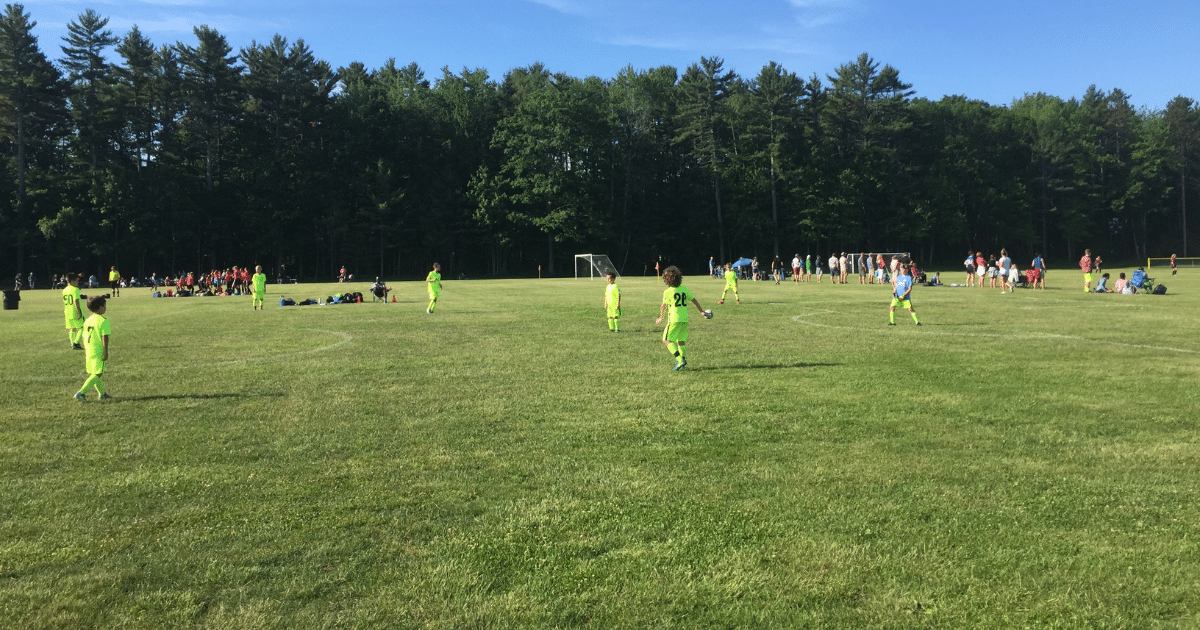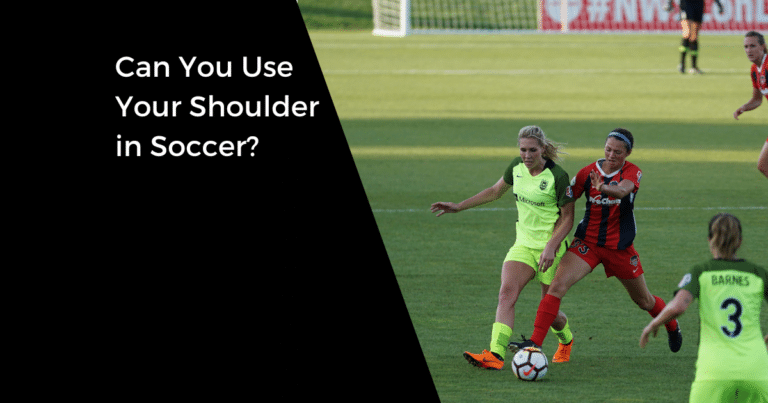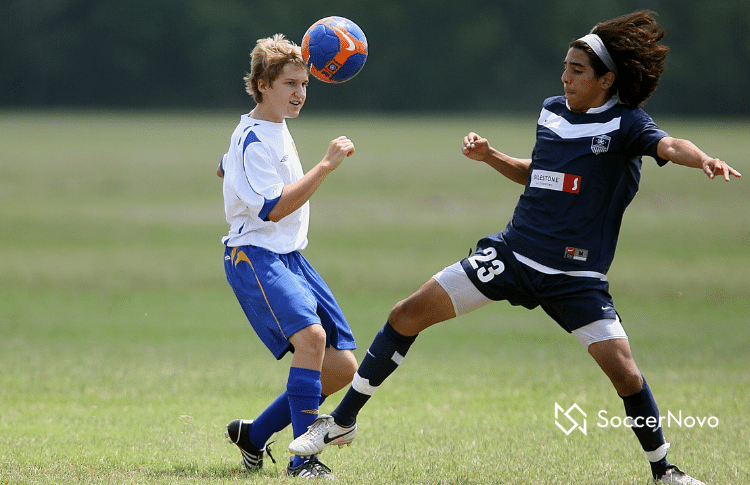The Ultimate Guide to Soccer Team Sizes: From Youth to Pro

A standard soccer team fields 11 players during a match, but team sizes vary significantly across age groups and competition levels.
TL;DR:
Youth Soccer: Building From the Ground Up

Remember learning to ride a bike with training wheels? Youth soccer follows a similar philosophy.
Starting with smaller teams allows young players to touch the ball more frequently and develop core skills without feeling overwhelmed.
The progression looks like this:
- Ages U6-U8: 4 players (no goalkeeper)
- Ages U9-U10: 7 players (including goalkeeper)
- Ages U11-U12: 9 players (including goalkeeper)
- Ages U13 and up: 11 players (including goalkeeper)
The Sweet Spot for Roster Size
While professional teams carry large rosters of up to 30 players, youth teams benefit from smaller numbers.
A roster of 16 players (11 starters + 5 substitutes) provides the ideal balance between having enough coverage for injuries and ensuring everyone gets substantial playing time.
But, this isn’t usually the case. Most MLS NEXT, ECNL, GA, and NAL teams will carry 18 players which can cause some players to play minimal minutes.
Whether it’s the 18th kid complaining that they only played 10% of the game or the best player frustrated they got taken out with 20 minutes left. Large rosters can become tricky.
High School and College: Bridging the Gap
High school teams typically roster 18-20 players, mirroring professional game-day teams. This allows coaches to manage injuries and fatigue while maintaining competitive depth throughout the season.
College teams carry more. Roster sizes vary depending on the division and program, but here are general guidelines:
- NCAA Division I: Typically 26-30 players so not everyone will see minutes.
- NCAA Division II: Generally 24-28 players, with similar game-day restrictions.
- NCAA Division III: Often 25-30 players, but roster sizes can be larger since there are no athletic scholarships.
- NAIA: Around 24-30 players, depending on the program.
- NJCAA (Junior College): Usually 18-24 players, but some teams carry more.
Professional Level: Managing Large Rosters
The professional model of carrying 30 players but only dressing 18 for matches creates unnecessary tension and can hinder player development.
However, this depth is crucial for handling the grueling professional schedule, international duties, and inevitable injuries.
Making the Most of Your Role

Whether you’re a starter or substitute, your contribution to the team extends beyond match day.
Training sessions offer valuable development opportunities, especially for players with limited game time. Focus on maximizing these sessions to improve your skills and readiness for when your number is called.
Remember, soccer is a team sport where every player plays a vital role in the team’s success, regardless of minutes played!

Written By: SoccerNovo
SoccerNovo is an independent youth soccer media brand built to help parents, players, and coaches better understand the game and the pathways available in U.S. soccer. Our mission is to make youth soccer simpler, clearer, and more accessible for everyone involved in it.
Let’s connect






